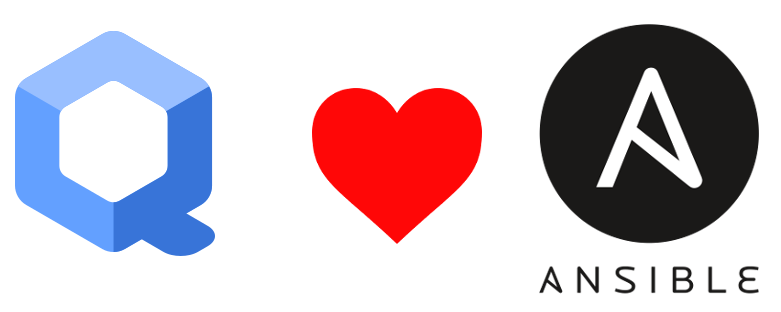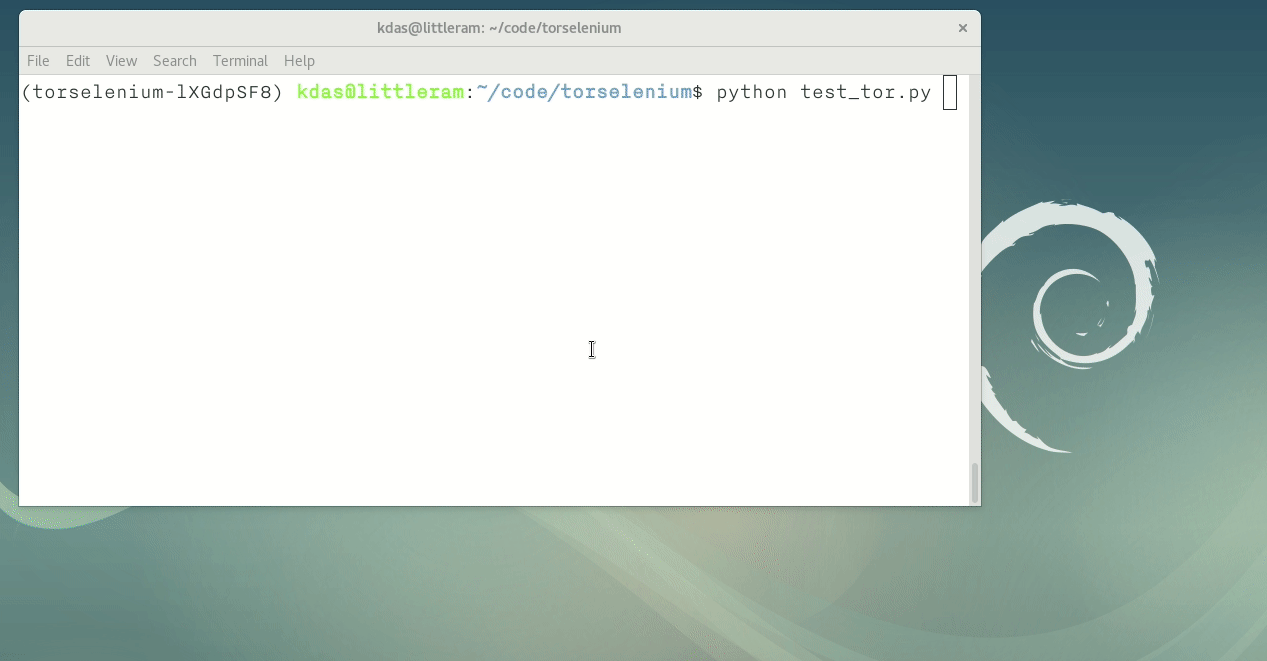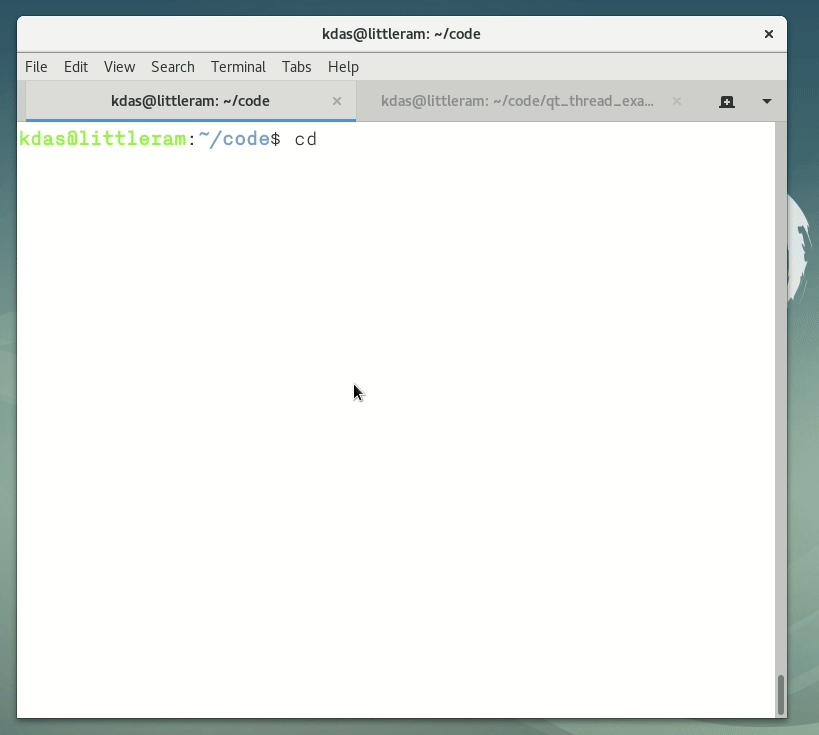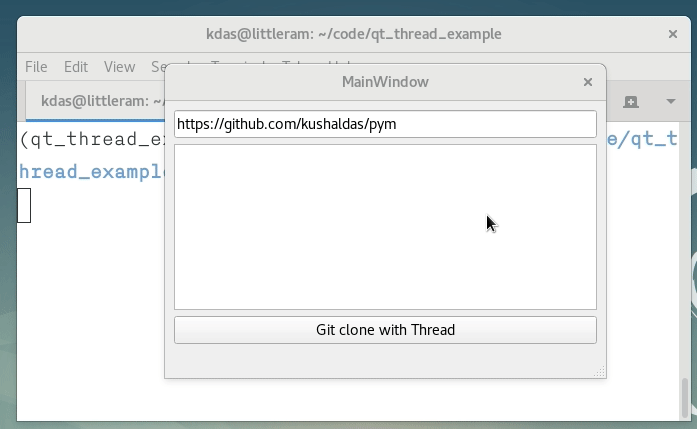If you are following me on Twitter, you have already seen a lot of (re)tweets
related to Aadhaar. For the people first time hearing this term, it is a 12
digit unique identification number provided by the Unique Identification
Authority of India (UIDAI). It is also the world’s largest bio-metric ID
system. It is supposed to be a voluntary service.
From the very beginning, this project tried to hide the details from the Indian
citizens. Let it be privacy advocates or security researchers or human rights
activists, everyone predicted that this will become a monster, a mass
surveillance system, a tool of choice of the power hungry dictators.
Like any other complex system, the majority of the people only see the
advertisements from the government and completely miss all the problems and
horror stories this project is creating. Here are a few links below for the
interested people to read.
Neither my wife, nor our daughter has an Aadhaar (I also don’t have one), that
means Py (our daughter) did not get admission to any school last year.
Whenever security researchers or journalists tried to report on the project,
the UIDAI tried to hide behind denials and police complaints against the
journalists or
researchers.
There are various reports on how one can get access (both read/write) to the
actual production database with as little as $10-30. We now have examples of
terrorist organizations having
access to the same
database. The UIDAI kept telling how this is an unhackable technology and for
security they have a 13 feet wall outside of the data
center
which in turn will keep all hackers away.
They have already build 360 degree
databases on
top of Aadhaar, and now they are trying to link
DNA to the same
system.
The current government of India tried their level best to argue in the Supreme
Court of India to tell that Indians don’t have any rights to privacy. But,
thankfully they failed in this effort, and the Supreme Court ruled privacy as
a fundamental
right.
We are now waiting for the judgment on the Aadhaar (which will hopefully come
out in the next few weeks).
Meanwhile, the evil nexus is pushing down Aadhaar to the throats of the Indian
citizens and Pakistani spies and
gods.
A few days ago, in an event in Jaipur, they asked Edward Snowden the
following question.
How big of an issue is privacy?
The answer started with from where that argument comes from.
The answer is that Nazi Germany. The nazi minister of propaganda Joseph
Goebbels did this. Because he was trying to change the conversation away from
“What are your rights?” and “What evidences must the government show?” to
violet them, to intrude into your private life and instead said “Why do you
need your rights?”, “How can you justify your rights?”, “Isn’t strange that you
are invoking your rights? Isn’t that unusual?”. But, in a free society this is
the opposite of the way it is supposed to work. We don’t need to explain why
you have a right. You don’t need to explain why it is valuable, why you need
it. It is for the government to explain why you don’t deserve it. They go to a
court, they show that you are a criminal. This is increasingly falling out of
favor, because the governments and companies think that it is inefficient. It
is too much work. Life would be easier, life would be more convenient for them,
life would be more profitable for them if we didn’t have any rights at all.
But, privacy isn’t about something to hide, privacy is about something to
protect. And that is the very concept of liberty. It is the idea that there can
be some part of you, of your life, of your ideas that belong to you, not to
society. And you get to make the decision about who you share that with. -- Edward Snowden
Why are we reading this in your blog?
This might a question for many of you. Why are reading this in a blog post or
in a planet? Because we, the people with the knowledge of technology are also
part of these evil plans. We now know about many private companies taking part
with their local government to build 360 degree profiles, to track the citizens
and to run the mass surveillance systems. For example, related to Aadhaar, for
the last 4 years, Google silently pushed the Aadhaar support phone number
(which now UIDAI is trying to stay away from) to every Google Android phone in
India. When they got caught red
handed,
they claimed that they did it inadvertently. Finacle software by Infosys
denies creation of bank accounts without
Aadhaar.
Microsoft is working to link Skype with
Aadhaar. Bill Gates
is
trying
to push the idea that Aadhaar is all good, and does not have any issues.
What can you do?
You can start by educating yourself first. Read more about the technologies
which controls our lives. Have doubt about the things and try to understand how
they actually work. Write about them, ask questions to the people in power.
Talk about the issues to your friends and family.
This is not gong to be an easy task, but, we all should keep fighting back to
make sure of a better future for our next generation.








